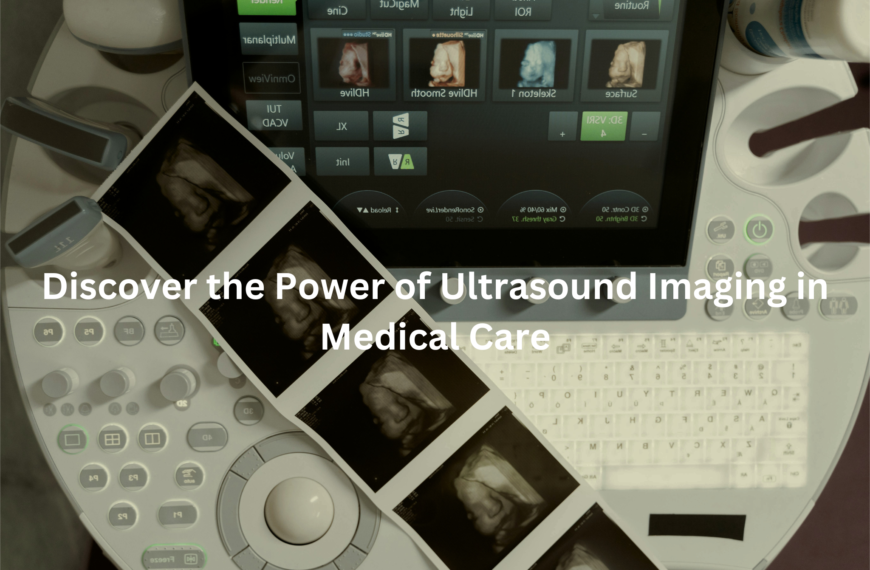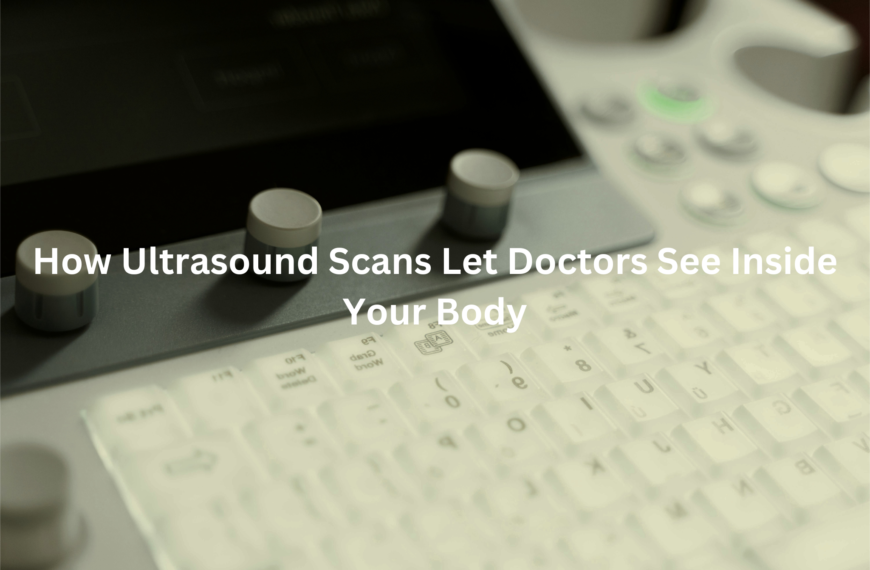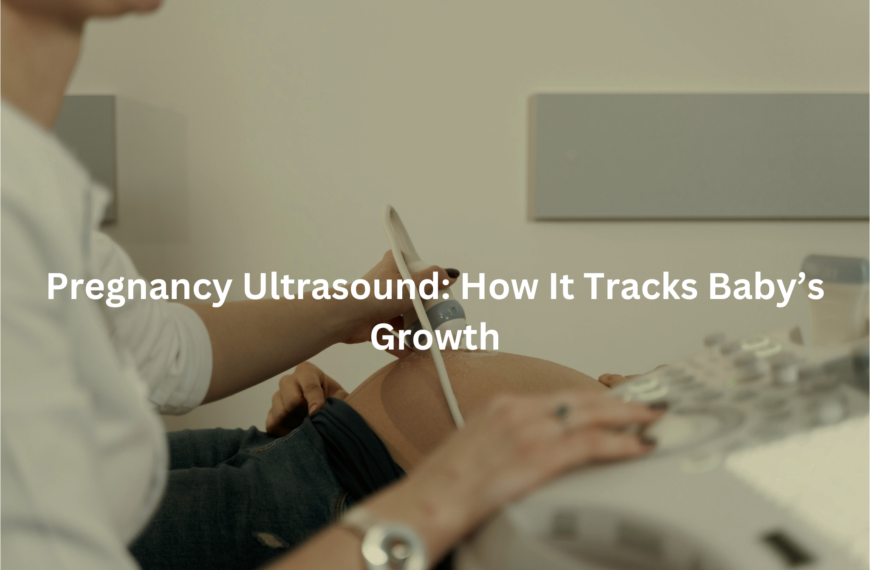Feel confident about your bone scan. Learn how to prepare, what happens during the scan, and important aftercare tips.
A bone scan is a medical imaging test used to detect bone conditions like fractures, infections, and cancer. Proper preparation can help ensure accurate results and a smooth experience. From what to eat to what to wear, here’s what you need to know before your appointment.
Key Takeaway
- Stay Hydrated: Drinking plenty of water helps your body absorb and flush out the radioactive tracer.
- Dress Comfortably: Wear loose, metal-free clothing or be prepared to change into a hospital gown.
- Know the Precautions: If you’re pregnant or breastfeeding, speak to your doctor before having the scan.
What is a Bone Scan
A bone scan is a medical imaging test that helps doctors identify abnormalities in the bones. Unlike a standard X-ray, a bone scan can detect issues much earlier. It’s commonly used to diagnose fractures, infections, arthritis, or cancers that have spread to the bones.
How It Works
A bone scan is a specialised imaging test that helps detect hidden issues in the bones. The process begins with a small injection of a radioactive tracer into a vein. This tracer travels through the bloodstream and settles in the bones over a few hours. Once it’s fully absorbed, the imaging can begin.
A gamma camera then scans the entire body, capturing detailed images based on how the tracer has distributed. Areas that absorb more of the tracer may indicate: (1)
- Infections or inflammation, which often appear as “hot spots” on the scan.
- Fractures or bone injuries that might not show up on an X-ray.
- Tumours or cancerous growths, including cancer that has spread to the bones.
The scan itself is painless, though you’ll need to stay still while the camera does its work. Once completed, a radiologist will analyse the images and send a report to your doctor.
Bone Scan vs Bone Density Test
A bone scan and a bone density test (DEXA scan) might sound similar, but they have very different purposes. A DEXA scan measures bone strength, assessing bone mineral density to diagnose conditions like osteoporosis.
A bone scan, on the other hand, goes deeper, detecting hidden problems such as infections, fractures, or even cancer that might not appear on regular X-rays.
If your doctor has ordered a bone scan, they’re likely looking for more than just bone density. Instead, they may be investigating:
- Bone infections that could be causing pain or swelling.
- Fractures or stress injuries that don’t show up on X-rays.
- Tumours or cancer spread affecting the bones.
While both tests examine bone health, a bone scan provides a more detailed look at bone metabolism. If you’re unsure which test you need, it’s always best to check with your doctor. (2)
Who Needs a Bone Scan
Not everyone will need a bone scan, but for some, it’s the best way to get answers about bone health.
Common Reasons for a Bone Scan
- Unexplained bone pain – Especially when X-rays do not reveal a cause.
- Fractures – Identifying stress fractures that may not be visible on X-rays.
- Infections – Detecting conditions like osteomyelitis (bone infection).
- Bone cancer – Diagnosing primary bone cancer or checking if cancer has spread to the bones.
- Joint and bone diseases – Monitoring conditions like arthritis or Paget’s disease.
- Treatment monitoring – Assessing how well therapies for bone conditions are working.
If your doctor suspects one of these conditions, they may recommend a bone scan for a more detailed examination.
How to Prepare for a Bone Scan
Credits: Dr. Paulien Moyaert
Preparation for a bone scan is minimal, but a few steps can help ensure the best results.
Diet & Medications
- You can eat and drink as normal, unless advised otherwise.
- Most medications are fine to continue, but check with your doctor if you take medications for bone conditions or diuretics.
Hydration
- Drink plenty of water before and after the scan to help the body absorb and later flush out the tracer.
- You may be asked to drink extra fluids after the injection while waiting for the scan.
Medical Disclosures
- Pregnant or breastfeeding? Inform your doctor, as precautions may be needed due to radiation exposure.
- If you have kidney or liver issues, let your doctor know, as these organs help clear the tracer from the body.
Clothing & Personal Items
- Wear loose, comfortable clothing without metal (avoid zippers, buttons, or underwire bras).
- Remove jewellery and piercings before the scan.
- Some clinics may ask you to change into a hospital gown.
What Happens During a Bone Scan
The procedure is straightforward but does take some time.
Step 1: The Injection
- A small needle is used to inject the radioactive tracer into a vein, usually in the arm.
- The injection feels similar to a routine blood test.
Step 2: The Waiting Period
- The tracer takes 2–4 hours to circulate and be absorbed by the bones.
- You can move around normally during this time—some people even leave and return later.
- Drinking water helps distribute the tracer evenly.
Step 3: The Scan
- You’ll lie completely still on a table while a gamma camera scans your body.
- The scan takes about 30–60 minutes.
- If extra images are needed, you may be asked to change positions slightly.
That’s it—no pain, no loud noises, just a bit of patience required.
After the Bone Scan: What to Expect
Once the scan is complete, you can resume normal activities straight away.
Post-Scan Tips
- Drink extra water to help flush out the tracer.
- Limit close contact with young children and pregnant women for 24 hours, as a precaution.
- No special radiation precautions are needed—the tracer naturally exits the body through urine within 24 hours.
Getting Your Results
- A radiologist will analyse your scan and send the results to your doctor.
- Results typically take 7–10 days, though urgent cases may be prioritised.
- Your doctor will explain the findings and discuss next steps.
Bone Scan Safety & Radiation Exposure
It’s natural to have concerns about radiation, but the exposure from a bone scan is very low.
How Much Radiation is Involved?
- A bone scan involves similar radiation levels to an X-ray.
- The exposure is less than a CT scan and far lower than what people receive from background radiation over a year.
Is It Safe for Everyone?
- Yes, for most people.
- Pregnant or breastfeeding women should inform their doctor so alternative options can be considered.
Overall, bone scans are safe with no long-term risks.
Conclusion
A bone scan is a safe and effective way to detect bone conditions early. While the procedure takes time, it’s painless and provides valuable insights for diagnosis and treatment. By following simple preparation steps and staying hydrated, you can ensure accurate results.
If you have concerns, speak with your doctor. Taking care of your bone health through a balanced diet, exercise, and regular check-ups is key to staying strong and healthy.
FAQ
What are bone scans used for?
Bone scans help doctors detect bone conditions such as bone infection, bone cancer, and broken bones. They can also assess bone metabolism, bone density loss, and differences in bone metabolism. If you’re experiencing bone pain or have a bone abnormality, your doctor may suggest this test.
How do bone scans work?
A nuclear medicine bone scan involves injecting a small amount of radioactive material into a vein. This radioactive liquid travels through the blood flow and is absorbed by the bones. A specialised camera captures images, highlighting areas that may indicate a problem.
How should I prepare for a bone scan?
Most people don’t need any dietary restrictions, but it’s best to drink plenty of water before the test. You may need to change into a hospital gown or examination gown and remove peripheral devices like jewellery, belts, or watches.
Can pregnant women have a bone scan?
Doctors generally avoid bone scans for pregnant women due to radiation exposure. If you are pregnant or breastfeeding, inform your doctor. Breastfeeding individuals may need to pause for a period of time to prevent passing breast milk containing radioactive material to their baby.
Is a bone scan the same as bone density testing?
No. A nuclear bone scan is used to diagnose bone infection, bone cancer, and metastatic disease, while a bone density scan (also known as bone density testing) measures bone mineral density to assess bone health and the risk of fractures.
What happens during a whole-body bone scan?
A whole-body bone scan captures images of the entire skeleton. After the injection, you’ll need to wait a few hours for delayed imaging, allowing the radioactive material to be absorbed by the bones. You will then lie still while a camera scans your body.
What are the risks of radiation exposure?
Bone scans involve a small dose of radiation, which is lower than the exposure from a low-dose x-ray or CT scan. The exposure to radiation is minimal, and most people experience no side effects. However, those with liver disease or specific medical conditions should discuss patient safety with their doctor.
How much water should I drink before and after the scan?
You should drink plenty of fluid, including several glasses of water, before and after the scan to help flush the radioactive material from your system.
References
- https://www.prpimaging.com.au/what-is-a-nuclear-medicine-bone-scan-what-to-expect/
- https://southeastradiology.com.au/bone-scan




